Biografia Acadêmica
As pesquisas e desenvolvimentos conduzidos pelo Prof. Dr. Derval dos Santos Rosa estão relacionadas as duas linhas de pesquisa: Nanociência & Nanotecnologia (N&N) e os Materiais Funcionais Avançados (MFAs). Dentro da Nanociências & Nanotecnologia o Prof. vêm trabalhando com o desenvolvimento de materiais ambientalmente amigáveis envolvendo Nanocompósitos com nanocristais de celulose e nanopartículas inorgânicas buscando melhorias de propriedades dos diferentes materiais poliméricos. Já na linha de Materiais Funcionais Avançados o grupo do pesquisador trabalha com desenvolvimento de processos e tecnologias de materiais reciclados e materiais biodegradáveis. Nesta área também são estudados aditivos poliméricos.






